On August 23, 2024, the San Diego Zoo Safari Park celebrated the birth of an adorable new Sumatran tiger cub! This newborn marks a crucial addition to the critically endangered species, of which only 400-600 remain in the wild.
The cub’s arrival, born to first-time mother Jillian, brings hope to conservation efforts, as it adds genetic diversity to the global population of Sumatran tigers.
All About Sumatran Tigers

Sumatran tigers are the smallest tiger species in the world, but don’t let their size fool you—they are fierce! Found only on the Indonesian island of Sumatra, these tigers have narrow black stripes and are perfectly adapted for life in dense tropical forests. Their smaller size helps them move through thick vegetation with ease.
They face serious threats from habitat loss, poaching, and human-tiger conflicts. The birth of each new cub, like the one at the San Diego Zoo, helps keep the species alive and thriving.
Zoos to the Rescue!
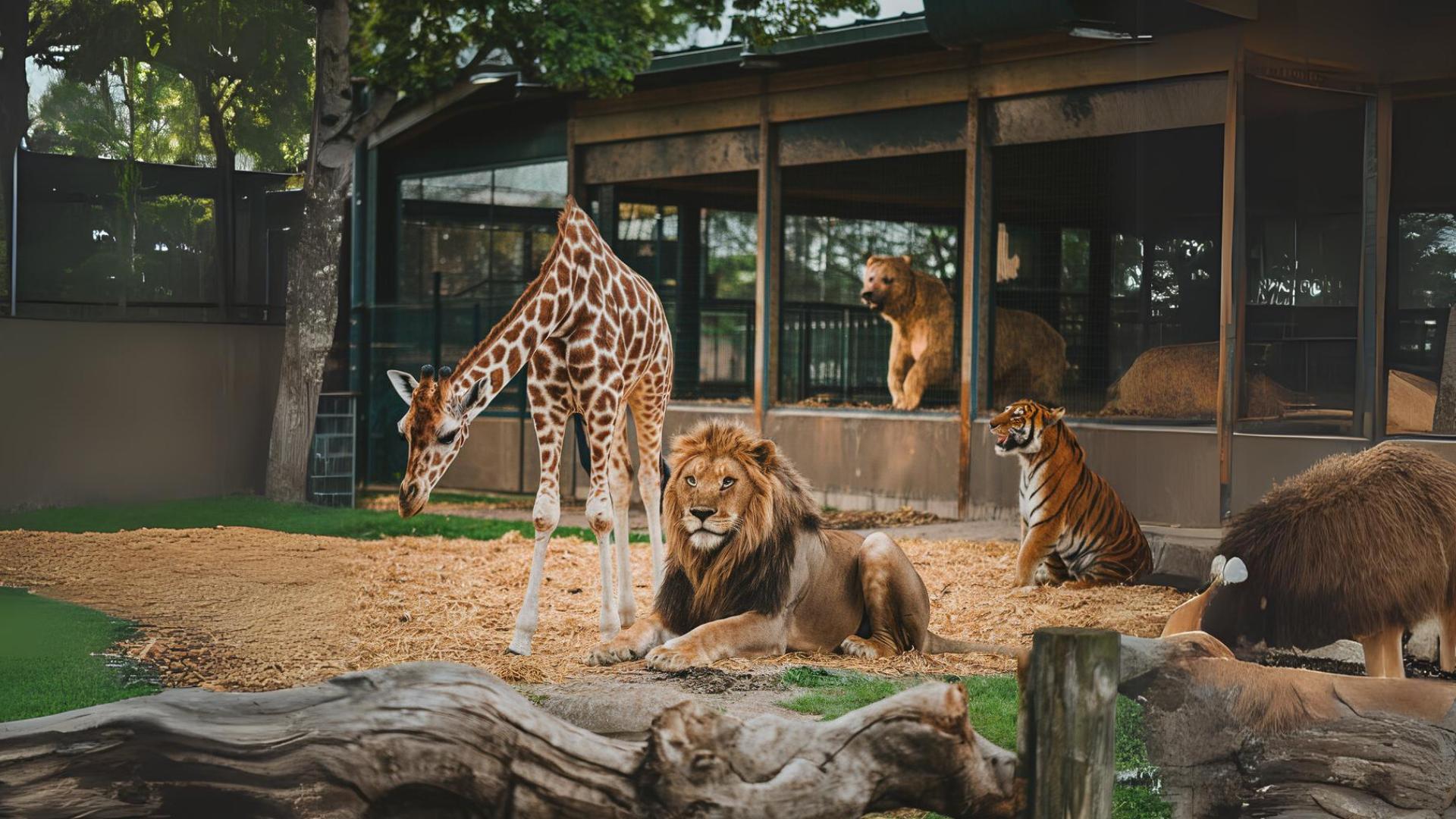
Zoos play a vital role in keeping endangered species, like Sumatran tigers, alive and well. At the San Diego Zoo, the Tull Family Tiger Trail offers a natural environment for these majestic animals to live, play, and raise their young.
But the zoo’s efforts go beyond just housing tigers! Through programs like the Species Survival Plan (SSP), zoos work together to maintain genetic diversity in endangered species by helping tigers like Jillian give birth to healthy cubs. Zoos also raise awareness, encouraging visitors to support conservation efforts, and contribute to saving tigers in the wild. Every visitor, donation, and program helps protect the future of Sumatran tigers.
Why Tiger Trails Matter

Tiger Trails are crucial because they give visitors a rare opportunity to see these majestic creatures up close, sparking a connection and fostering a sense of responsibility for their protection. By observing tigers in a natural-like setting, visitors learn about the threats facing the species—like habitat loss and poaching—and the importance of conservation efforts.
Zoos use this awareness to encourage people to support conservation initiatives, such as avoiding products linked to deforestation, like unsustainable palm oil, and donating to wildlife protection programs.
From Den to Outdoor Exploration
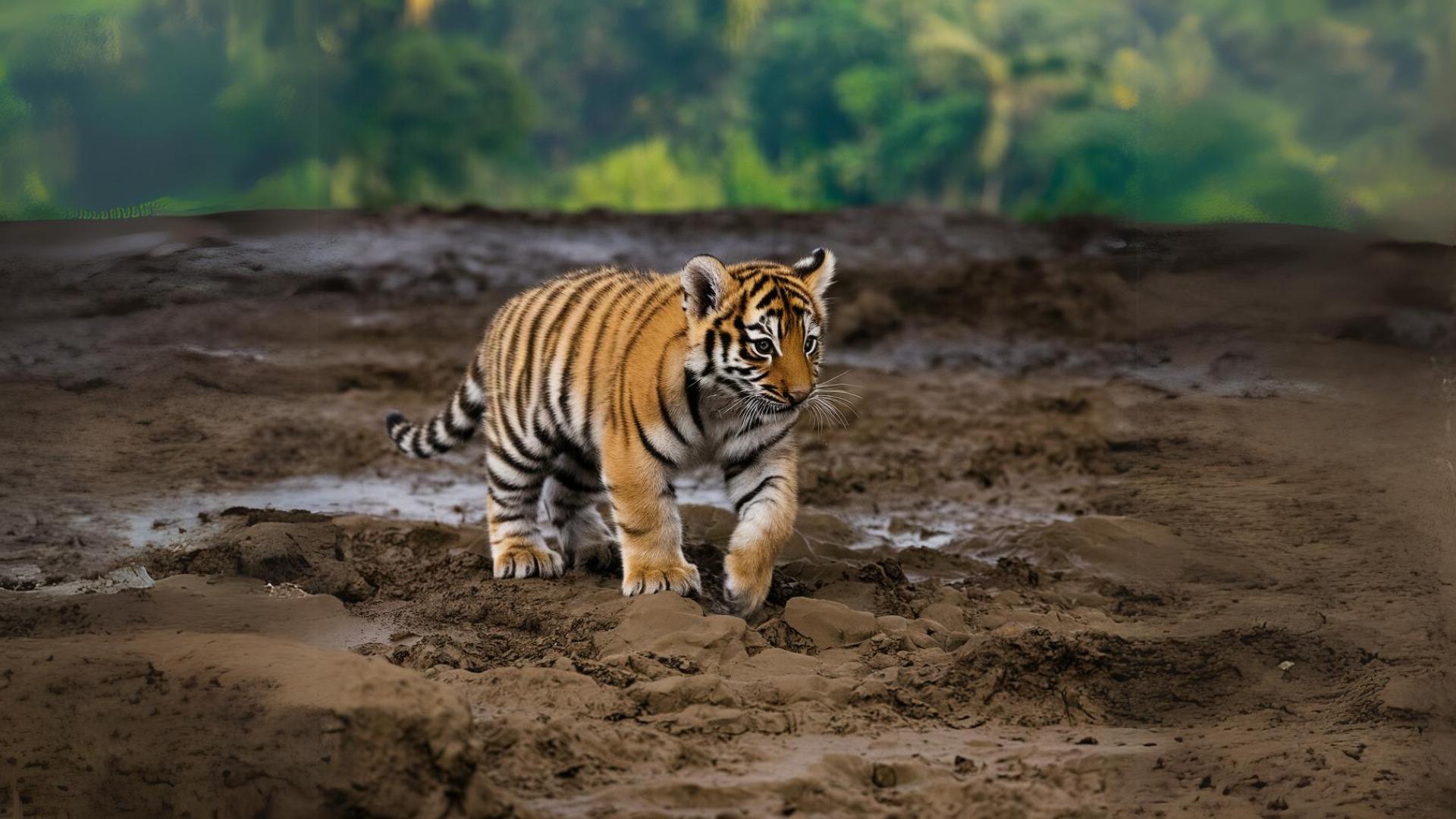
For the first few weeks of its life, Jillian’s cub will stay safe and snug in the den, bonding with mom and learning the basics of being a tiger. But soon, it will be ready for its next big adventure—exploring the great outdoors! When the cub is around 10 to 12 weeks old, it will take its first steps outside, into the specially designed maternity habitat.
This outdoor area is equipped with everything a tiger needs to thrive—open spaces to run, logs to climb, and water to splash in. As the cub grows, it will learn important skills by watching its mother and interacting with the environment.
Choose Sustainable Products to Save Sumatran Tigers

One of the biggest threats to Sumatran tigers is habitat destruction, largely due to deforestation for palm oil plantations. Palm oil is found in many everyday products, from snacks to cosmetics, but not all of it is sourced sustainably. By choosing products that contain certified sustainable palm oil, you help reduce the demand for deforestation and protect the rainforests where tigers live.
Look for labels such as RSPO (Roundtable on Sustainable Palm Oil) on products, which indicates the palm oil has been sourced responsibly without harming wildlife habitats. Making small choices at the grocery store can help safeguard the future of Sumatran tigers and other endangered species. Every purchase matters!
How Can You Raise Awareness?
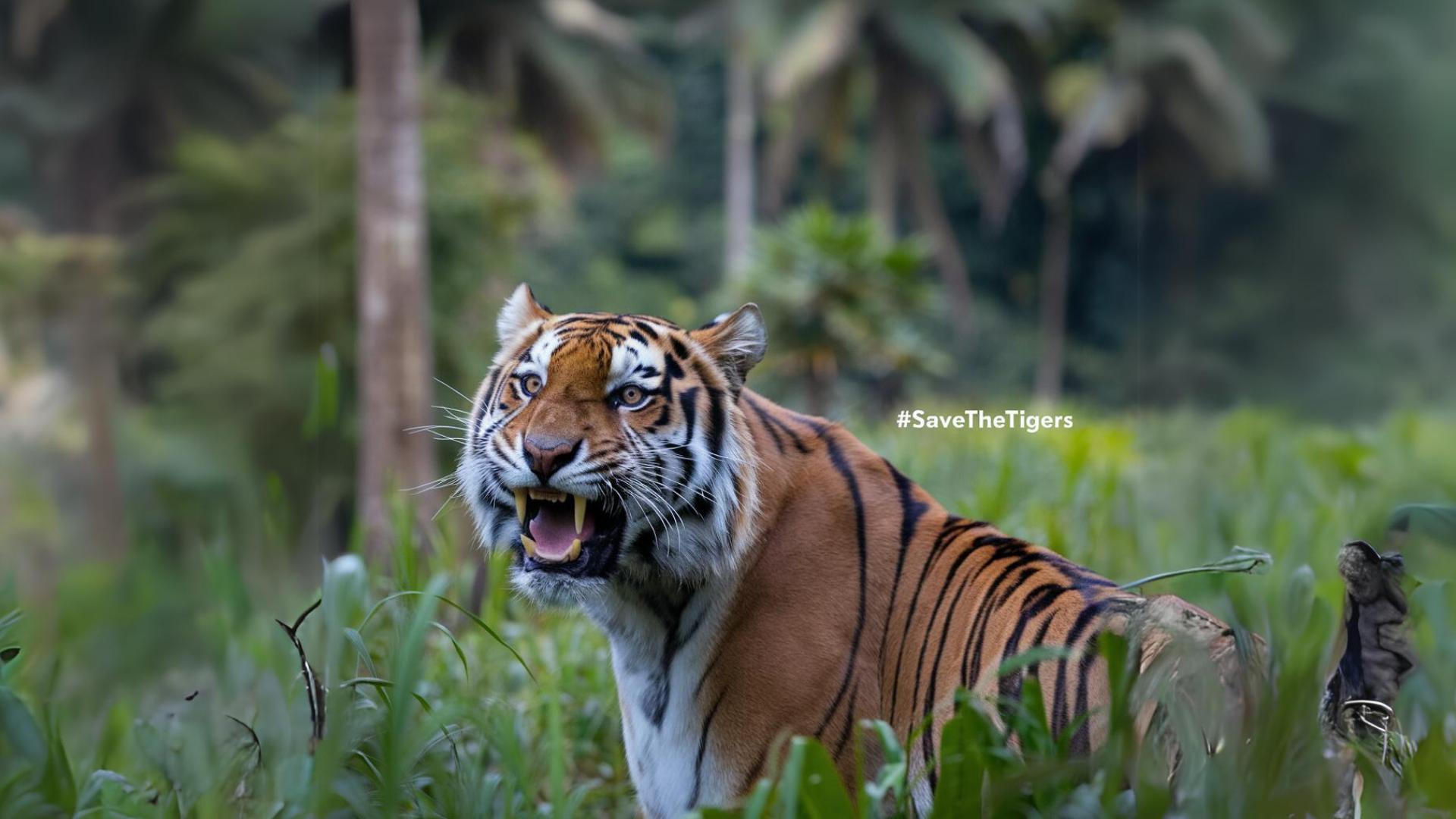
One of the easiest and most fun ways to help Sumatran tigers is by raising awareness! You can start by sharing cute tiger photos or fun facts on social media, using hashtags like #SaveTheTigers to spread the word. Hosting a tiger-themed event, like a movie night or school project, is another creative way to get people talking about tiger conservation.
Even wearing tiger-themed gear can spark conversations and inspire others to learn more about these incredible animals. By raising awareness, you’re helping more people understand the importance of protecting Sumatran tigers and their habitats!
Can We Still Find Sumatran Tigers in the Wild Today?
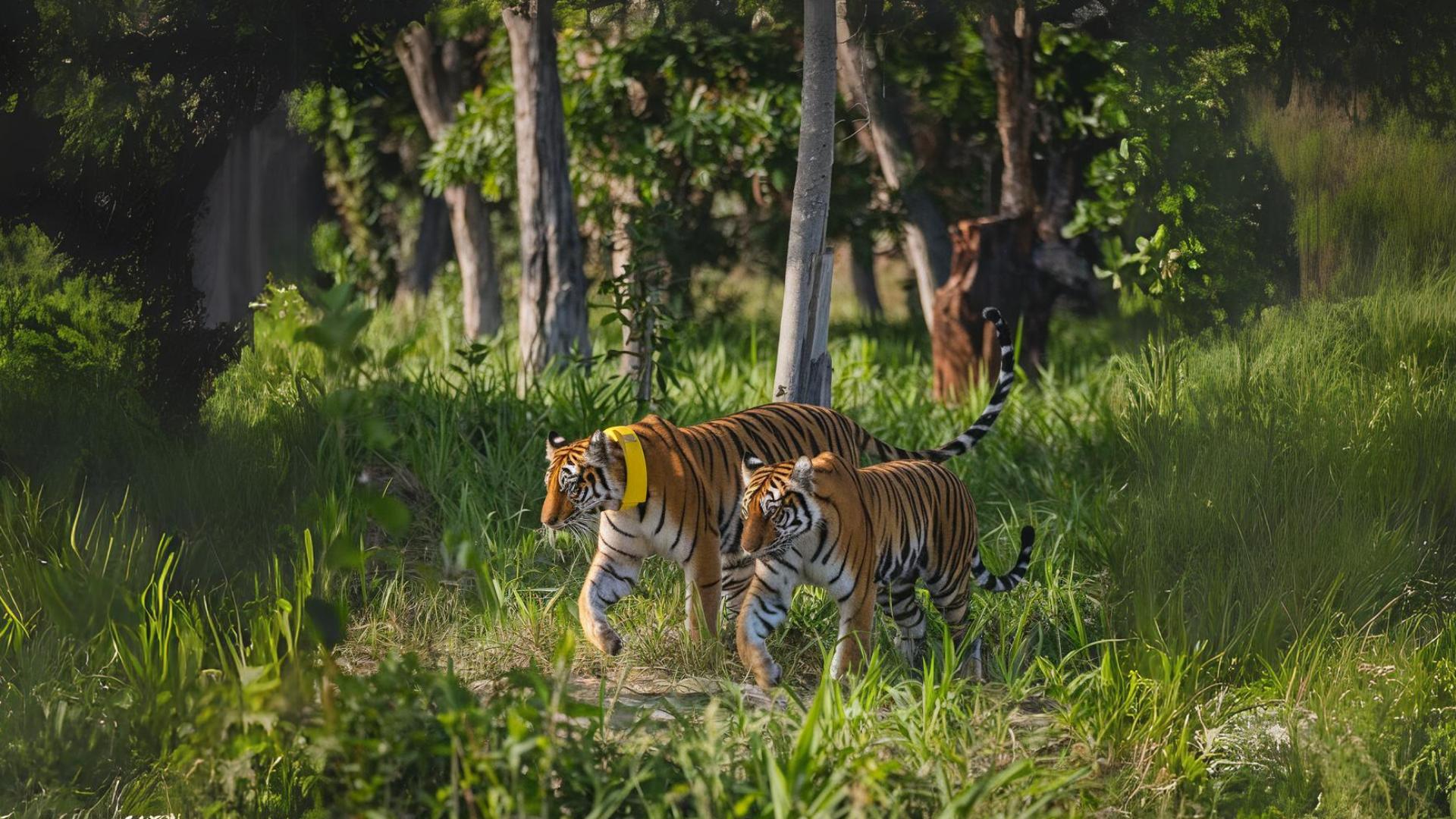
Yes, but it’s becoming increasingly rare. These tigers primarily live in protected areas like Gunung Leuser, Kerinci Seblat, and Bukit Barisan Selatan National Parks.
However, due to habitat loss, poaching, and human-wildlife conflict, spotting a Sumatran tiger in the wild is a rare and precious experience. Conservation efforts are critical to ensuring these majestic creatures remain in the wild for future generations.
Other Tigers in Trouble: Endangered Species

Other tiger species are facing similarly critical conditions as the Sumatran tiger. The Bengal tiger, found in India, Nepal, and Bhutan, is the most numerous tiger subspecies but still struggles with habitat loss and poaching, with around 2,500 remaining in the wild. The Amur tiger (Siberian tiger), native to the Russian Far East, also faces threats from illegal logging and poaching, though conservation efforts have helped stabilize its population to around 500 individuals.
The Malayan tiger, found in the forests of Malaysia, is critically endangered with fewer than 150 individuals left. Similarly, the Indochinese tiger, which roams parts of Thailand, Laos, and Cambodia, is nearing extinction due to poaching and habitat destruction, with an estimated 200 remaining. These species, like the Sumatran tiger, are in dire need of protection and global conservation efforts to prevent their extinction.
Come Visit the New Cub!
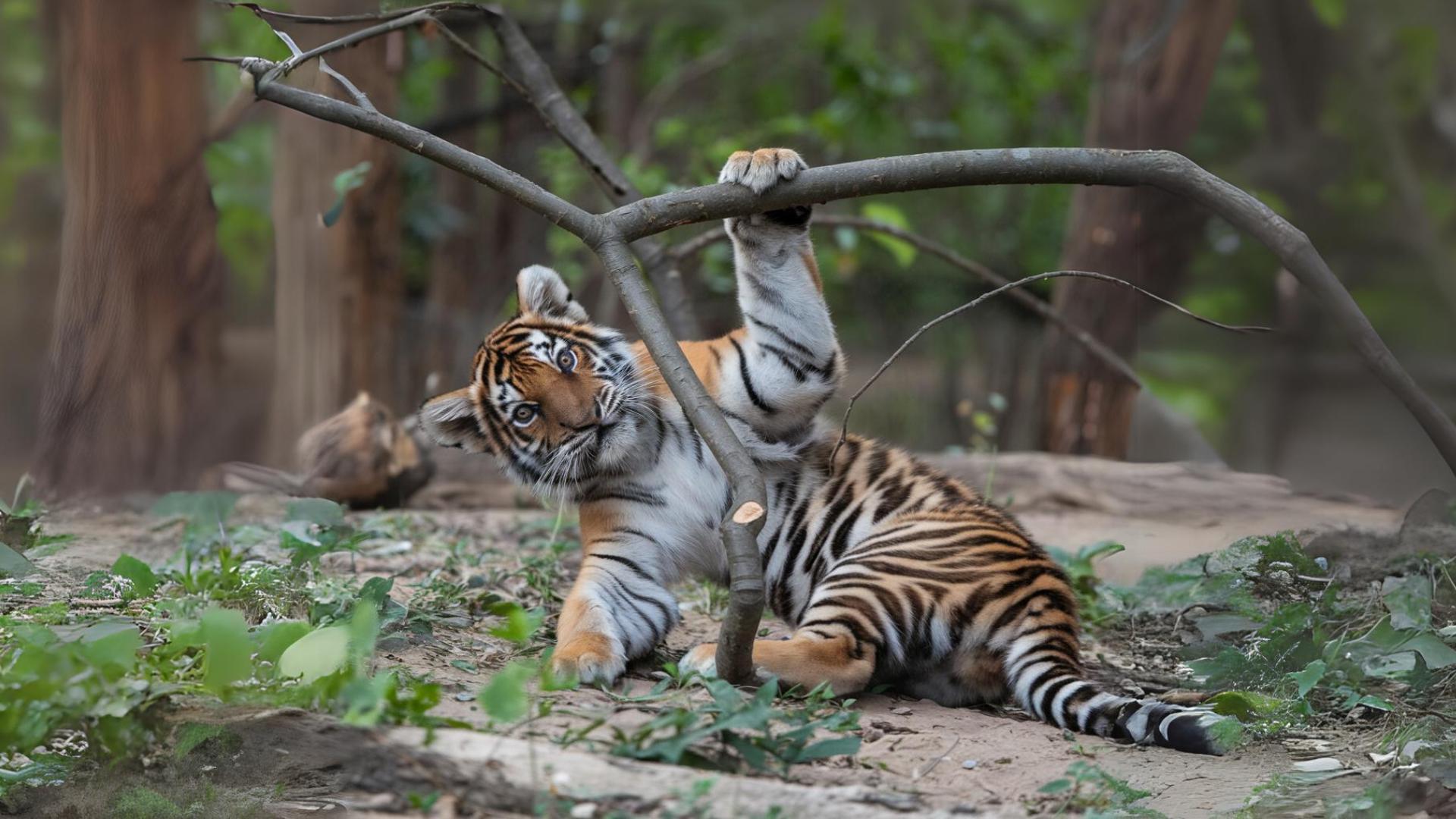
Want to meet this adorable little tiger in person? Soon, you’ll have the chance! Once the cub is old enough to venture out of the den, it will be exploring the specially designed Tiger Trail at the San Diego Zoo. This is the perfect opportunity to see this critically endangered species up close and learn more about the zoo’s efforts to save them.
Bring your family and friends for an unforgettable day of fun and conservation. Your visit helps support the important work being done to protect tigers and their habitats.

